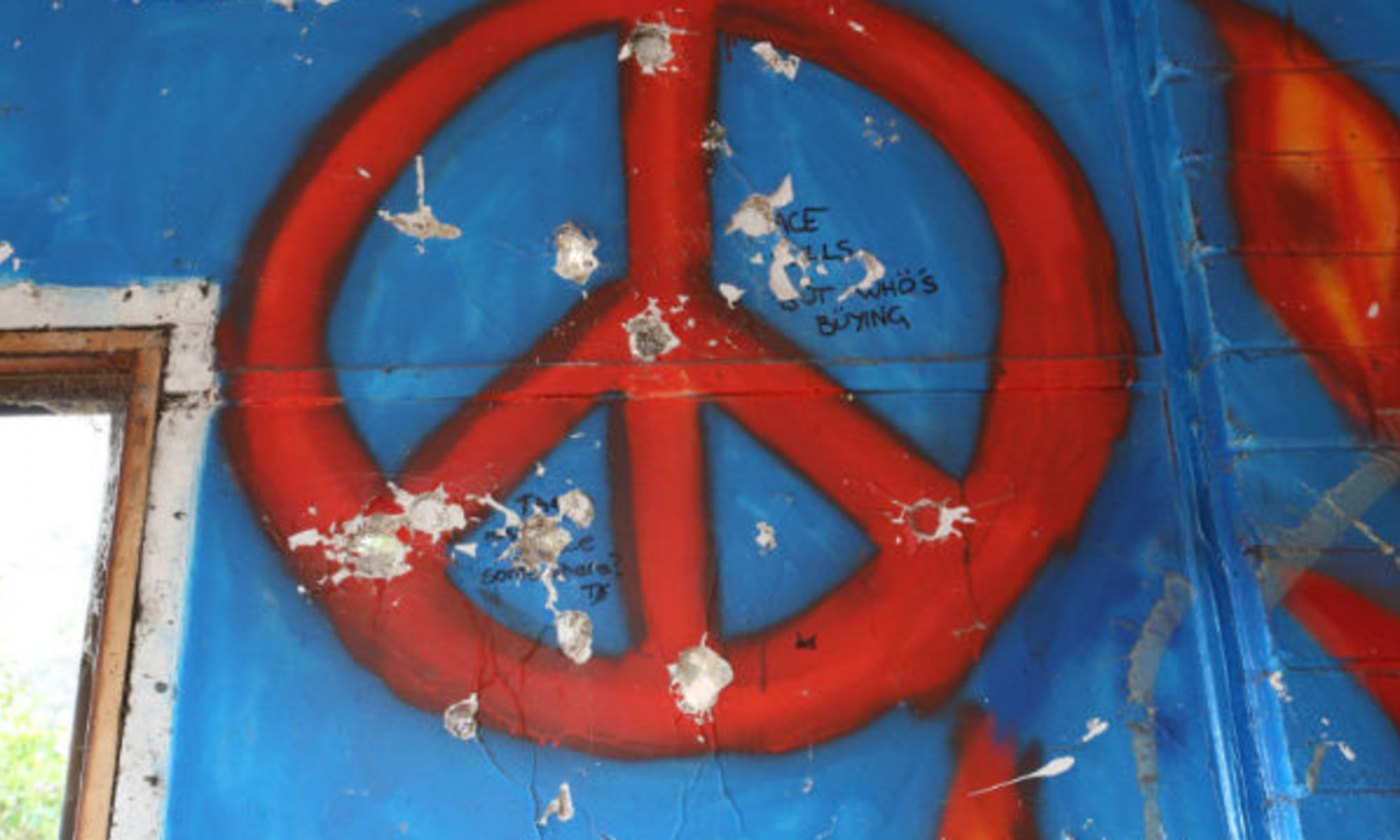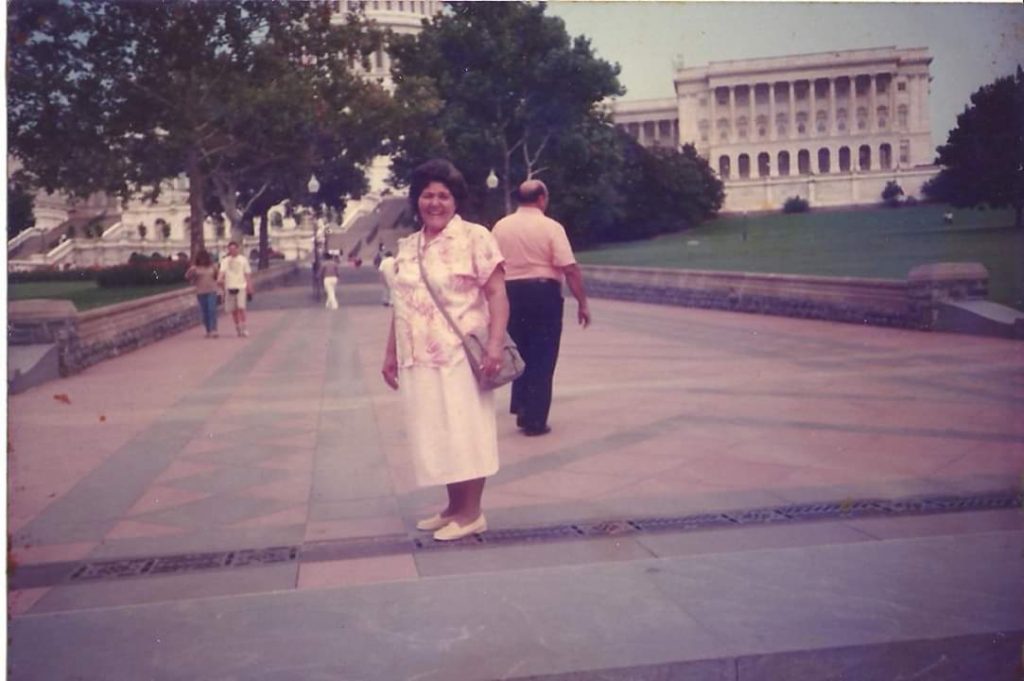
By: Cassandra Cronin
I enjoyed Qamar Huda’s session on “Peace, Education, and Conflict Studies” because it provided a way to dissect a school’s formal curriculum, and analyze the reasons why certain subjects focus on the topics they do. For example, it hadn’t dawned on me how problematic it is to center a history curriculum on wars and other violent conflicts. When we were tasked to create our own school curriculum, it was, of course, extremely difficult. Perhaps because my education brainwashed me into believing that history must evolve around war, and that wars constitute one of the most efficient ways to organize historical events. My group quickly figured out that decolonizing the curriculum would allow for much more creativity and freedom in the classes and activities that could be offered to students. For instance, we proposed a core peace education class for first-year students, English classes that would teach students conflict resolution and communication skills, and history classes would highlight non-Western countries and cultures. The informal curriculum included events such as national night outs, hiking trips, parental support workshops, and potluck dinners.
This imaginary curriculum was the polar opposite of what I experienced. I completed middle school and high school in Georgia, so many of my history classes followed a conservative curriculum focused on “southern” history. We spent the majority of the year learning about War World I, War World II, the Civil Rights Movement, the Vietnam War, and the Korean War. This was in part due to my textbooks, most of which were created to be approved for Texas state schools (Texas is one of the largest textbook buyers in the U.S. meaning many writers strive to write books that align with the state’s curriculum). These textbooks would omit certain major historical events, or spin others to fit a certain narrative. Some of the most controversial proposed changes for textbooks included calling the slave trade the “Atlantic Triangular Trade” (pretending slavery never happened) and calling President Barack Obama “Barack Hussein Obama” (not acknowledging that he was president). On the other hand, these textbook writers have figured out ways include opinions, such as justifying McCarthyism and general anti-communism sentiments, masked as historical facts.
Just like textbook makers in Texas tried to rewrite history, I also had teachers who attempted to do the same. Some teachers falsely labeled the Civil War as the “War of Northern Aggression”, claiming the entire conflict was about fighting for “states’ rights.” When we covered the Civil Rights Movement, we discussed figures such as Rosa Parks, Martin Luther King, and Malcom X. We did not learn about black nationalist groups such as the Black Panther Party, or more contested activists such as Angela Davis. Qamar’s session helped me come to the conclusion that many schools’ curriculum are designed to brainwash students into believing a specific narrative and imposing its own version of American history. Figuring out ways to change schools’ curriculum to not be centered on war, while including people often forgotten in history, would be incredibly difficult but necessary.










